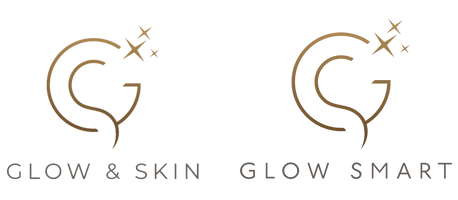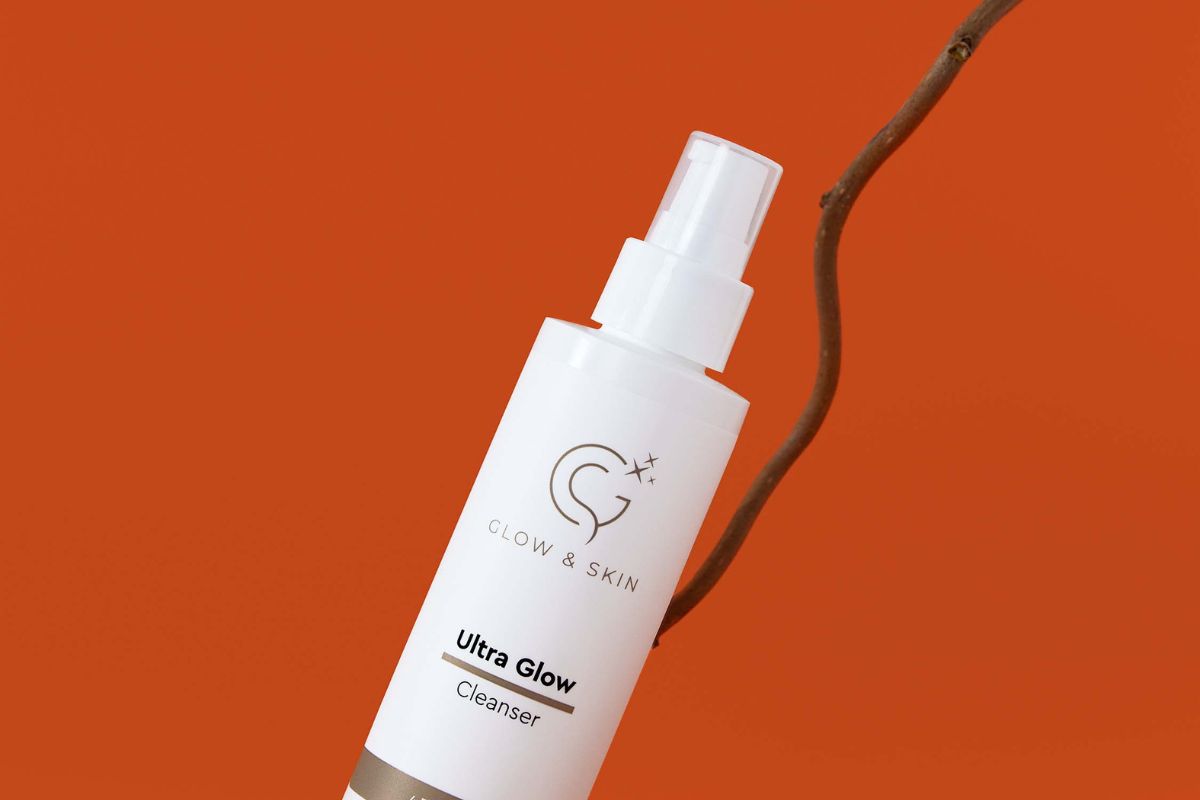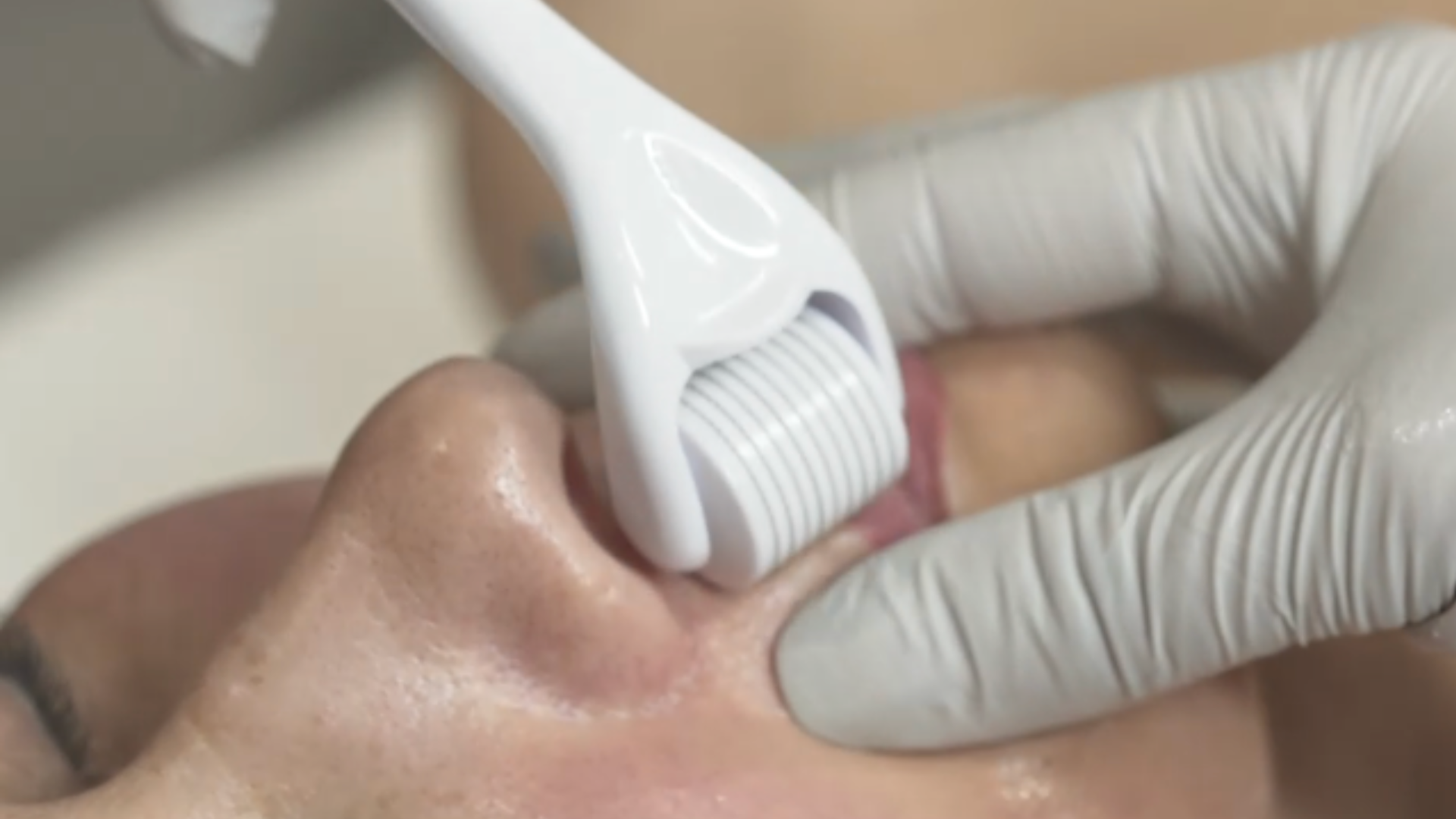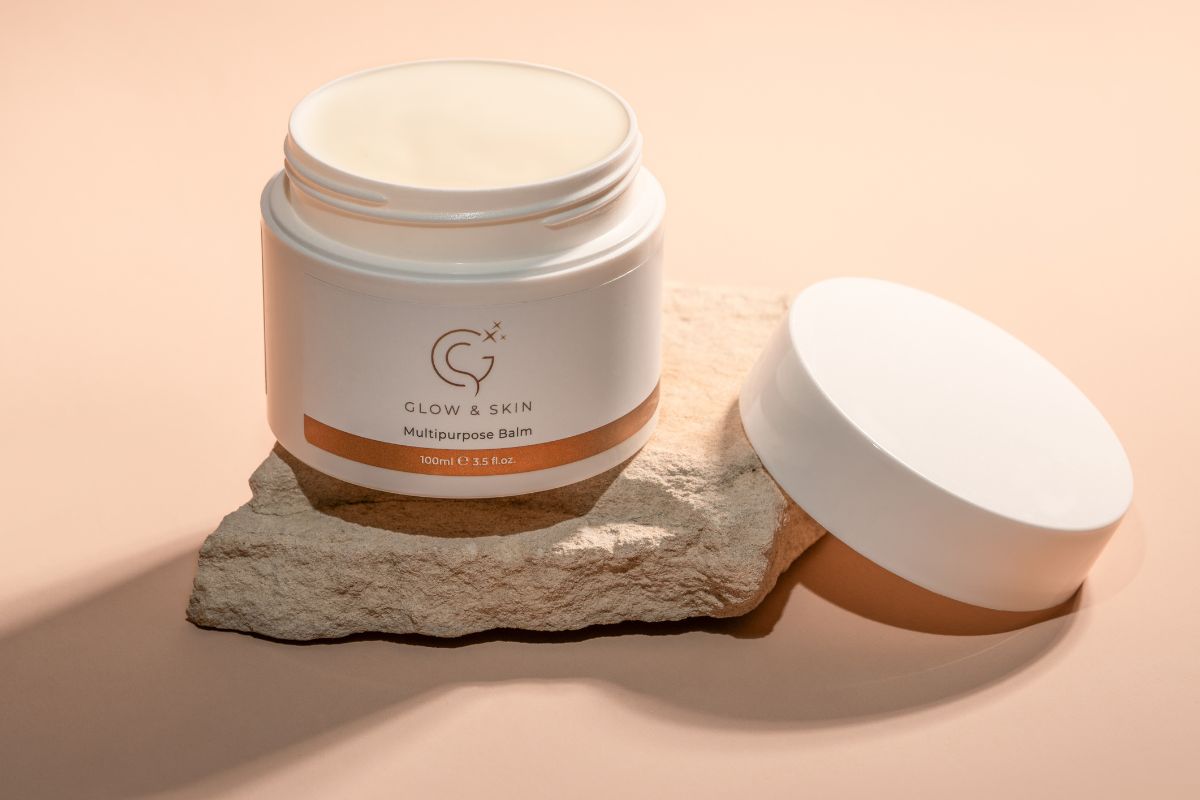Understanding Acne
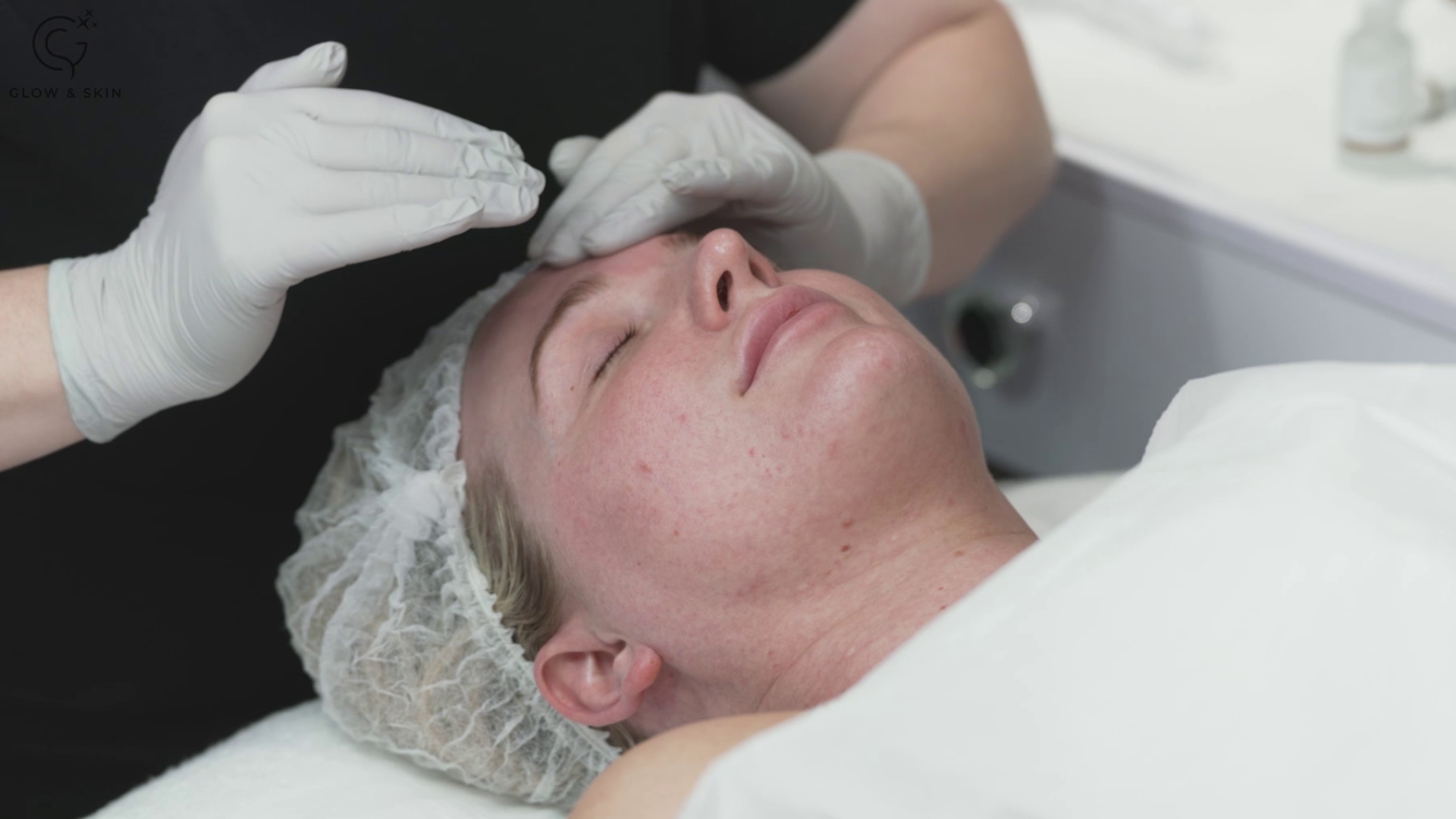
Last month, we looked at LED light therapy and why it is so good for skin health.
The therapeutic benefits of LED light therapy are well known, which is why it is an essential step in the Glow & Skins 14-step Iconic Facial.
We touched on the benefits of blue light therapy on active acne, so this month, we want to take a closer look at this common skin condition.
Acne the facts
According to the British Journal of Dermatology (BJD), acne (often referred to as acne vulgaris) is a common skin condition affecting around 9.4% of the global population.
The American Academy of Dermatology (AAD) suggests that acne is the most common skin condition in the United States, affecting up to 50 million Americans a year! It might be surprising to know that 85% of us will suffer from acne in our lifetime.
We often think of acne only affecting teenagers, which they will eventually ‘grow’ out of. In fact, the average age of those most likely to suffer from acne has increased from 20 to 26 years of age! Acne affects all ages, often appearing in later life in people who didn’t have it in their teenage years and is referred to as ‘adult acne’. Acne affects all skin types regardless of race or ethnicity.
During puberty, a higher percentage of males suffer from acne compared to females. This changes with adult acne, when females are more affected than men.
Once the period of active acne is over, the consequences of acne can be long-lasting and, in some cases, permanent.
Acne scarring is an everyday reminder long after the acne has gone. The scars can be permanent and more difficult to treat than the active acne that caused them.
It’s not just the physical scars of acne, the mental scars can be even more challenging. Confidence issues and low self-esteem are common among those that have suffered from acne. Severe depression is found in approximately 11% of people with acne, which is double compared to those without acne.
Getting under the skin of acne
Acne is a common inflammatory skin disorder which affects the pilosebaceous unit. This unit is a structure in the skin made up of a hair sitting in its follicle. Think of the hair follicle as a vase and the hair as a stem of a flower. Each hair has a thin muscle attached to it, and a small sac called a sebaceous gland. The sebaceous gland produces oil, known as sebum, which has many useful and important functions, such as lubrication of the hair and skin, along with anti-bacterial properties supporting the skin barrier function.
Sebum production is controlled by hormones known as androgens, specifically testosterone. Testosterone production increases during puberty in males and females, with males producing higher amounts. Testosterone can activate the sebaceous glands to produce more oil. This results in the hair follicle becoming blocked with excess oil, which causes inflammation and the formation of blackheads, whiteheads and spots, all common signs of acne. Acne can vary in severity and range from mild to severe.
Treating acne
Iconic facialists are trained to have an in-depth understanding of the skin anatomy and the causes of acne. Whilst active acne is a contra-indicated for the complete 14-step Iconic Facial, LED light can be used as a standalone treatment.
The Glow & Skins LED Light Therapy mask can be used on active acne using a combination of lights. Blue LED light is one of the most useful for its powerful anti-bacterial benefits.
When the skin is exposed to blue light, it is absorbed by the harmful bacteria found in acne. The bacteria present in active acne are called Cutibacterium acnes or C.acne (previously known as Propionibacterium acnes or P.acne). When exposed to blue light, the harmful bacteria absorb it, which then kills them.
Red light can also be used for its anti-inflammatory properties. This combination therapy approach promotes skin rejuvenation and induces wound healing, helping to prevent permanent scarring as well as remodelling old scar tissue.
How the Iconic Facial can treat acne scarring.

Acne scarring can be an upsetting long-term effect of acne long after it has gone.
The Iconic Facial is an effective system to treat acne scarring using the combined therapies of LED light and Microneedling. The Glow & Skins specially selected dermaroller is an effective cosmetic device that uses Titanium needles to puncture the skin at precisely the correct depth, causing micro wounds and inducing a wound healing response. The ultra-sharp needle tips can be combined with active serums to promote increased collagen for skin rejuvenation and can also be used to treat stretch marks, fine lines, and wrinkles.
The Glow & Skins professional skin actives stabilise inflammation and strengthen the skin’s barrier function.
Glow & Skins professional and home care ranges are designed to work in synergy with the Iconic Facial treatments, making this the perfect therapy for those with acne scarring. Glow & Skin is dedicated to supporting salons with advanced training programs and high-performance products. Transform your salon's offerings with Glow & Skin’s professional tools, dermaplaning kits, and the best microneedling devices.
